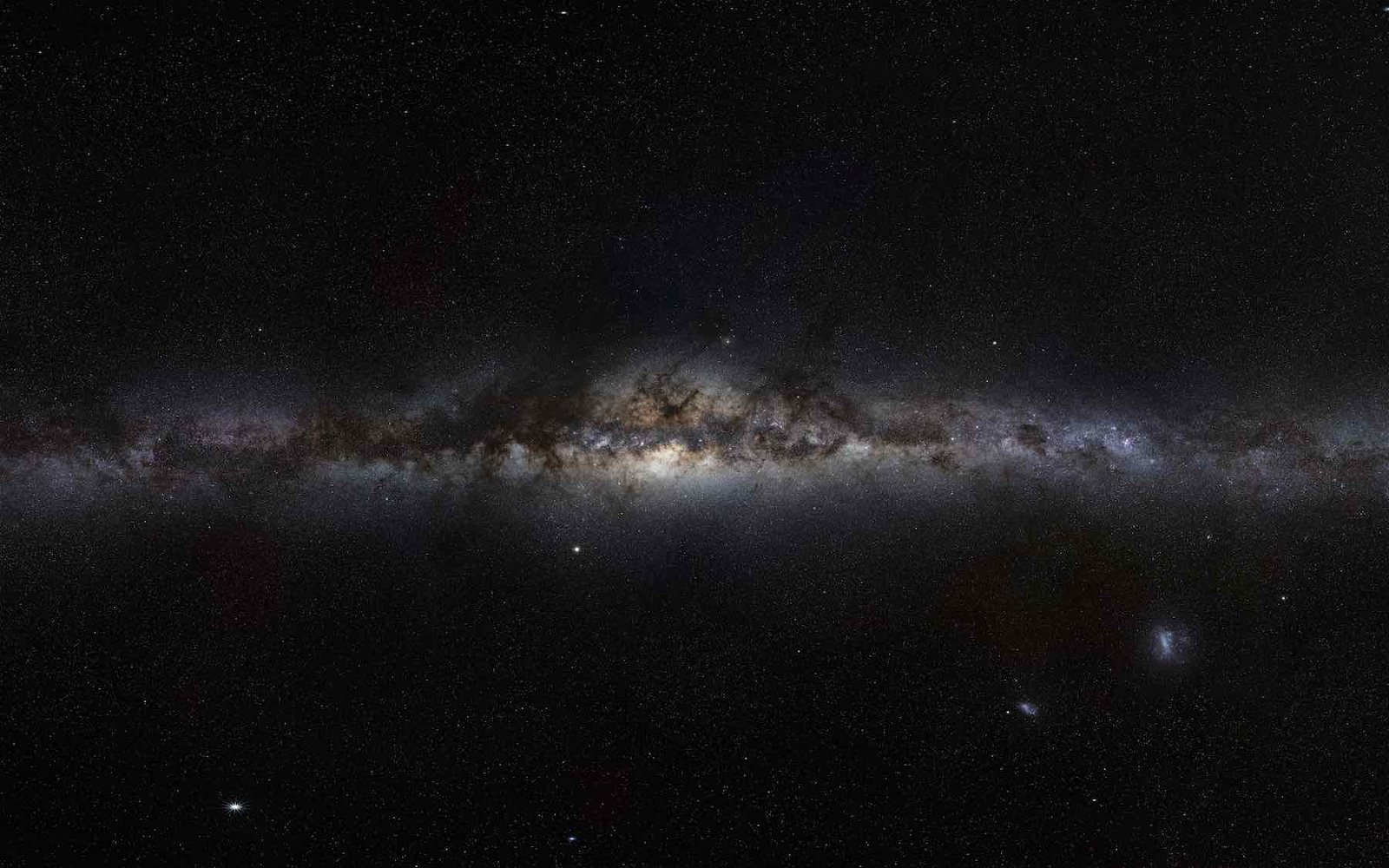Baseball players know that a ball going up will eventually come down. But their experience is limited to speeds of up to 106 miles per hour – the Guinness World Record for the fastest baseball pitch in history, or 122 miles per hour for the hardest hit ball. Translated to metric units, this corresponds to a maximum speed of 0.055 kilometers per second.
A ball moving at a speed that is 200 times faster above the Earth’s atmosphere would escape the chains of Earth’s gravitational pull and never come back. This escape speed of 11 kilometers per second is a prerequisite for deep space missions within the solar system. Going beyond the solar system requires a higher launch speed. In order for a spacecraft to reach interstellar space from Earth’s orbit, it must obtain a speed of 42 kilometers per second relative to the Sun.
These speeds apply also in reverse. Meteors arrive at the Earth’s atmosphere at a speed exceeding 11 kilometers per second. Any interstellar object, like `Oumuamua, would arrive at the Earth’s distance from the Sun with a speed above 42 kilometers per second. As a result, interstellar meteors are faster than solar system meteors. The fact that two interstellar meteors, IM1 and IM2, maintained their integrity down to the lower atmosphere implies that they are tougher than all other 271 space rocks in NASA’s CNEOS catalog of fireballs, as I had shown in a paper with my student, Amir Siraj.
But what is the required launch speed for travel beyond the Milky Way galaxy? The fastest bound stars in the neighborhood of the Sun were measured most reliably by ESA’s Gaia satellite, implying that the escape speed from the Milky Way is 500 kilometers per second. This is about thirty times faster than the speed of our latest interstellar probe, New Horizons, relative to the Sun.
As of now, humanity never attempted to launch a spacecraft that could escape from the Milky Way galaxy, but in the future, it might. Naively, one would expect such a spacecraft to reach farther intergalactic destinations over longer periods of travel time. However, this naïve expectation is not realized because of the expansion of the Universe.
Edwin Hubble demonstrated that the recession speed of distant galaxies is proportional to their distance from us. The local proportionality constant between recession speed and distance is called the Hubble constant. It is measured to have a value of about 70 kilometers per second per megaparsec, where a megaparsec is a distance unit equal to 3.3 million light years.
By reversing in our mind the cosmic history back in time, we realize that all matter overlapped and reached an infinite density at a single time in our past, called the Big Bang. The period that elapsed since the Big Bang is roughly the distance of the receding galaxies divided by their cosmic recession speed, namely the inverse of the Hubble constant. Taking the ratio of a megaparsec to 70 kilometers per second gives a cosmic age of 14 billion years. Remarkably, this is within 2% of the precise age determination of 13.8 billion years based on Planck satellite data of the cosmic microwave background.
In order for a spacecraft to catch up with a distant galaxy, it must move faster than the recession speed of that galaxy. But given the accelerated expansion of the Universe, the task is even more daunting. The best current measurements suggest that the cosmic expansion will be exponential in the future. This implies that irrespective of how fast we launch and how long we wait, a spacecraft would never catch up with galaxies beyond a certain distance from us. This is because distant galaxies will eventually be separated from us faster than light as a result of accelerated cosmic expansion.
Based on a simple general-relativistic calculation I performed this morning, a spacecraft launched out of our galaxy at some speed could only reach a galaxy that is currently receding from us at a cosmic speed of less than half the spacecraft’s speed. This introduces the concept of a cosmic horizon for any launch speed, akin to prison walls for our travel ambitions.
What would be the realistic expectations for future propulsion schemes that do better than chemical rockets? As I showed in a paper with my former postdoc, Manasvi Lingam, an ambitious space program could use light sails or electric sails to exceed the escape speed from the Milky Way. A spacecraft moving a hundred times faster than the speed of the five chemical rockets we sent so far to interstellar space could reach intergalactic space with a speed of 1000 kilometers per second, a third of a percent of the speed of light. At that speed, it could catch up with galaxies that are currently within 20 million light years or about seven megaparsecs away from us. But this spacecraft will never catch up with galaxies farther away, irrespective of how long we wait.
The center of the nearest cluster of galaxies, the Virgo cluster, is 65 million light years away. Reaching beyond this distance requires spacecraft that move faster than a percent of the speed of light or 3,000 kilometers per second. Humanity’s most ambitious space travel initiative: Starshot – which I have the privilege of leading, aims to reach a speed that is an order of magnitude larger, above a tenth of the speed of light. This initiative envisions shining a powerful 100 giga-Watt laser for a few minutes on a meter-size, gram-mass light sail. A Starshot probe could reach galaxies that are an order of magnitude farther than the Virgo cluster but still two orders of magnitude shorter than the distance to the last scattering surface of the cosmic microwave background.
The cosmic horizon for intergalactic travel will include fewer destinations in our future because distant galaxies will keep accelerating away from us. We need to get our act together quickly if we wish to reach them. As I had shown in a 2001 paper, once the Universe will age by a factor of ten – even a spacecraft moving at the speed of light will not be able to catch up with any galaxy beyond our own.
Personally, I am not troubled by the limitation imposed on intergalactic travel through accelerated cosmic expansion. The more I age, the more I enjoy privacy, silence, and freedom. The farther we get from the jets of extragalactic gamma-ray bursts and the burning fire of quasars, the more we can focus on cultivating good relationships with our immediate cosmic neighbors in the Milky Way galaxy. We should be nice to them because they are the only ones that will stay with us in our common cabin for billions of years to come. Escaping into the darkness of intergalactic space makes little sense, given the accelerated cosmic expansion.
Avi Loeb is the head of the Galileo Project, founding director of Harvard University’s – Black Hole Initiative, director of the Institute for Theory and Computation at the Harvard-Smithsonian Center for Astrophysics, and the former chair of the astronomy department at Harvard University (2011-2020). He chairs the advisory board for the Breakthrough Starshot project, and is a former member of the President’s Council of Advisors onScience and Technology and a former chair of the Board on Physics and Astronomy of the National Academies. He is the bestselling author of “Extraterrestrial: The First Sign of Intelligent Life Beyond Earth” and a co-author of the textbook “Life in the Cosmos”, both published in 2021. His new book, titled “Interstellar”, is scheduled for publication in August 2023.

